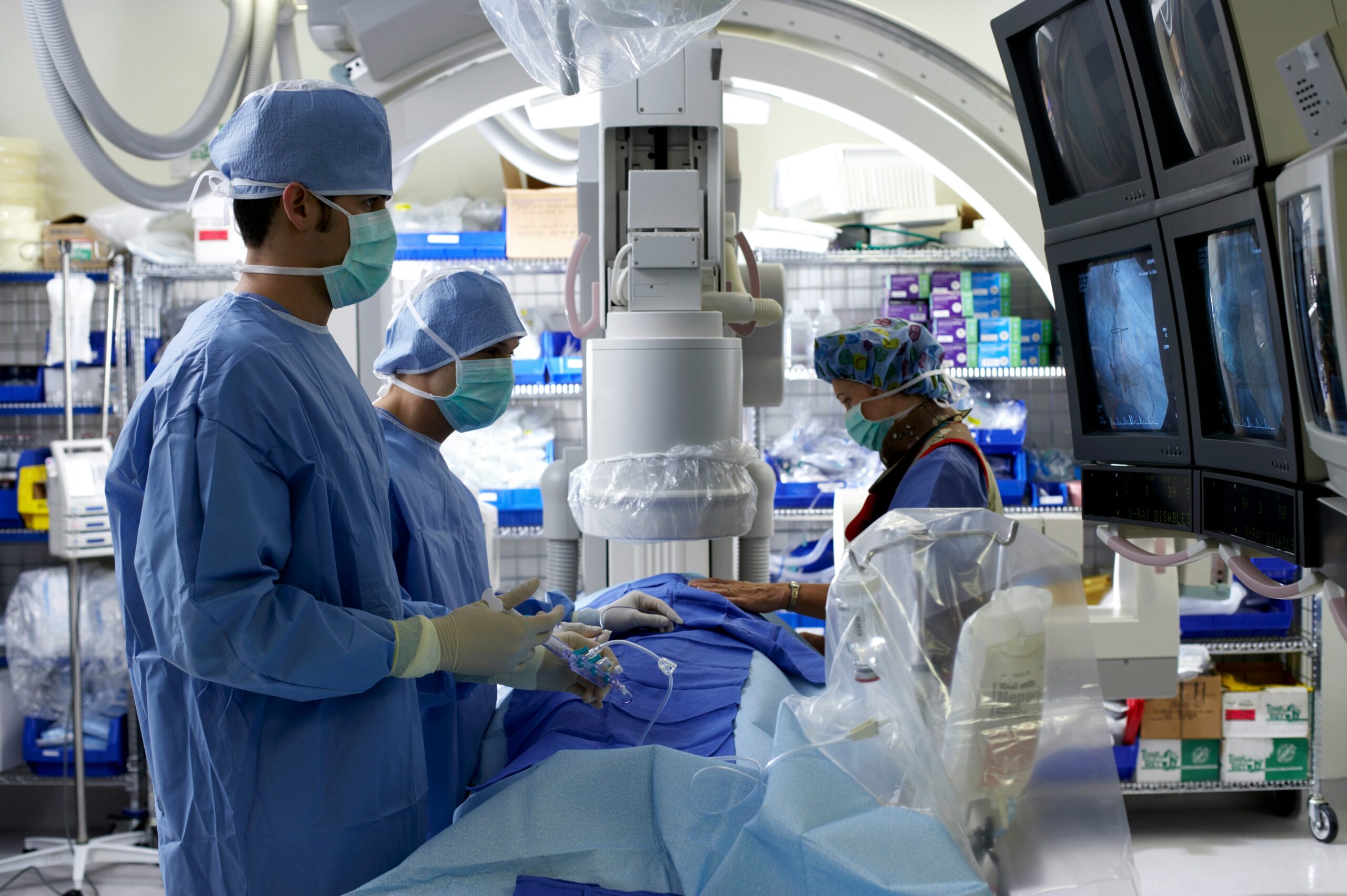
Gone are the days when surgery was purely the domain of a steady hand and a scalpel. Today, cutting-edge surgical robotics is changing the face of medicine, bringing precision, control, and innovation into the operating room like never before. What once seemed like science fiction has now become surgical fact, with robots assisting in procedures ranging from heart valve repairs to complex spinal reconstructions. These technological marvels are not replacing surgeons but augmenting their abilities, making procedures safer, less invasive, and more effective.
As the integration of robotics in surgery becomes increasingly common, it’s clear that this innovation is not just a trend—it’s the future of operative care.
The Rise of Surgical Robotics: From Concept to Clinical Reality
The journey of surgical robotics began with the development of systems like the da Vinci Surgical System, which was approved by the FDA in 2000. Designed to enhance surgeons’ capabilities during minimally invasive procedures, the system uses robotic arms controlled from a console to perform delicate operations with exceptional accuracy.
Since then, the field has grown rapidly. New platforms such as the MAKOplasty system for orthopedic procedures, the ROSA robot for neurosurgery, and Versius by CMR Surgical for general surgeries have expanded the scope and reach of robotic-assisted interventions.
These systems are now standard in operating rooms worldwide, particularly in urology, gynecology, cardiothoracic surgery, and orthopedics—specialties where precision and control are crucial.
How Surgical Robots Work: Enhancing the Human Touch
Robotic-assisted surgery typically involves a few key components:
Surgeon Console: The surgeon sits at a console with high-definition 3D visualization and hand controls manipulating robotic instruments with unparalleled precision.
Patient-Side Cart: This component includes robotic arms that hold and control surgical instruments. These arms replicate the surgeon’s movements in real time, eliminating hand tremors and scaling down large movements for finer control.
Vision System: Advanced cameras provide magnified, high-resolution images of the surgical field, allowing surgeons to see details invisible to the naked eye.
These components work together to create a surgical environment that amplifies human skill while reducing the risk of complications. Tiny incisions, enhanced visibility, and unmatched control lead to fewer errors, less trauma to the body, and quicker recovery for patients.
Benefits of Robotic-Assisted Surgery for Patients and Surgeons
The advantages of surgical robotics are clear and measurable. For patients, the benefits include:
Smaller incisions and reduced scarring
Less blood loss during surgery
Lower risk of infection
Shorter hospital stays and faster recovery
Less postoperative pain and a quicker return to daily activities
For surgeons, robotic systems reduce fatigue by allowing procedures to be performed from a seated position with ergonomic controls. Enhanced dexterity and range of motion mean that surgeons can perform more complex procedures with greater ease and confidence.
In the operating room, teamwork is also improved. The robotic platform becomes part of a coordinated team effort, with nurses and anesthesiologists working alongside the robotic system to deliver seamless care.
Specialty Applications: Where Robots Are Making the Greatest Impact
Surgical robots are not a one-size-fits-all solution—they are especially valuable in procedures that demand exacting precision.
Urology: One of the earliest and most common applications is in prostatectomies, where delicate nerves and blood vessels are involved. Robotic tools help preserve function while removing cancerous tissue.
Gynecology: Hysterectomies and endometriosis surgeries benefit significantly from robotic assistance’s precision and reduced invasiveness.
Orthopedics: In joint replacement procedures, robots ensure perfect alignment and positioning of implants, improving long-term outcomes and durability.
Cardiothoracic Surgery: Robots allow surgeons to repair heart valves through small incisions between the ribs, avoiding the need for full sternotomy.
Neurosurgery: Robotic platforms guide instruments with pinpoint accuracy in the brain and spine, where precision is critical.
Each specialty continues to discover new applications, pushing the boundaries of what can be safely and effectively achieved.
Challenges and Considerations in Robotic Surgery
Despite the impressive benefits, adopting surgical robotics is not without challenges. Cost remains a significant barrier. Robotic systems are expensive to purchase, maintain, and operate, making them inaccessible for many smaller hospitals or healthcare systems.
There is also a learning curve. Surgeons must undergo extensive training to master robotic platforms, and early adoption may result in longer procedure times. Institutions must invest in robust training programs and proctoring systems to ensure patient safety and optimal results.
Another concern is overreliance on technology. While robotic systems offer precision, the surgeon’s judgment, experience, and decision-making are critical to successful operations.
The Future of Surgical Robotics: What’s on the Horizon
Looking ahead, the future of surgical robotics is as exciting as it is promising.
AI Integration: Future systems may incorporate artificial intelligence to assist decision-making during procedures, suggest optimal surgical paths, or provide predictive analytics based on historical data.
Haptic Feedback: Newer systems are exploring tactile or haptic feedback, which allows surgeons to “feel” the tissue being manipulated—a sense that current robotic platforms lack.
Miniaturized and Portable Robots: Compact and mobile robotic systems will make robotic surgery more accessible, particularly in rural or underserved areas.
Telesurgery: With advancements in 5G and real-time connectivity, the dream of remote surgery is becoming more feasible. A skilled surgeon in one country may soon operate on a patient halfway across the globe using a robotic interface.
Augmented Reality (AR): Surgeons may soon use AR overlays within robotic systems to highlight anatomy, mark incision points, or guide instruments with enhanced visualization.
These advancements will make robotic surgery more powerful and democratized, bringing cutting-edge care to more patients, regardless of geography.
A Robotic Revolution in Surgical Precision
Innovations in surgical robotics are redefining the operating room. These intelligent systems empower surgeons with tools that enhance their natural abilities and reduce human limitations. Surgeons can perform more customized procedures as robotics continues to integrate more excellent AI, AR, and improved tactile feedback. The impact is deeply personal: quicker recoveries, better outcomes, and reduced trauma. For the mediRobotic, the next evolution in surgical mastery.
The scale for the medical community is still here—but now, it’s guided by steel and silicon, vision and precision, human judgment and technological brilliance.